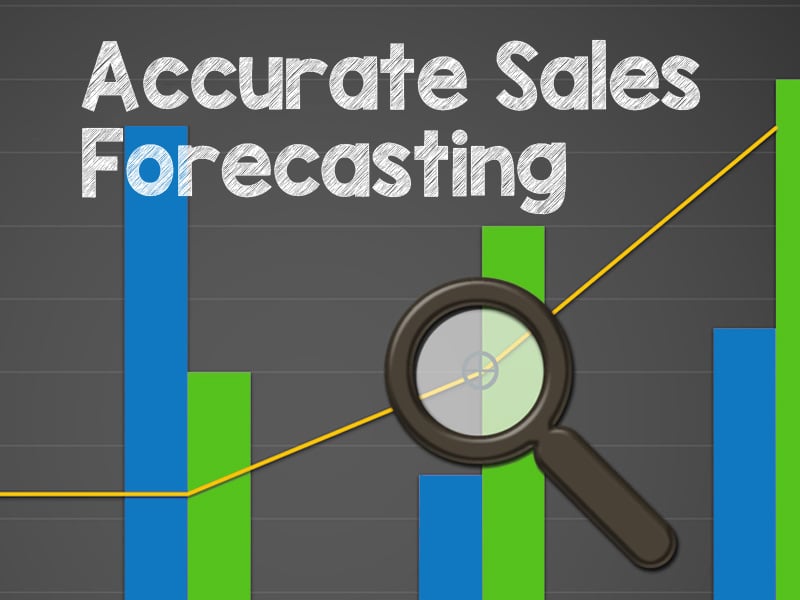
Sales forecasting is the prediction of future sales using existing sales data. But how can an accurate sales forecast affect your CPG business? Put simply, it’s the foundation of business success and seriously affects your ROI. No sales, no profit, no business.
However, in turbulent marketing times, it’s a challenge to ensure an accurate forecast for your brand.
It’s important, therefore, to be certain that the information you base your forecast on is as accurate as possible. And there are ways to do this.
We’ll discuss five strategies you can adopt to ensure that you forecast well enough to maintain your competitive edge.
1 Identify Common Mistakes
Every organization has a forecasting method that’s been put in place to give the desired results. Due to some internal or external factors, though, these methods may fall short.
For example:
- Are you depending on old assumptions in a changed world?
- Have you forgotten there’s a policy change higher up?
- Have you monitored changes in the marketplace?
Identifying and addressing flaws in your forecasting will improve forecasting results.
2 Align Sales, Marketing, and Operations
When it comes to an accurate forecast, sales, marketing, and operations are intricately linked. Yet they often operate in silos.
For sales forecasting to be accurate, you need a shared system of communication, roles, strategy, and goals. In effect, one that enables marketing, operations, and sales to work profitably together.
- Coordinate monthly forecasting meetings, including a clear agenda, and roles and responsibilities
- Understand the impact of future marketing activities
- Set KPIs and scorecard results by team and individual
As marketing adjusts in line with trends, sales reps can more accurately gauge their future sales, and operations can ensure they have visibility and capacity.
3 Implement Technology
The buyer’s journey is now “digitalized” to a large extent. You can therefore predict it more accurately. However, changes to both customer and business worlds are so rapid that you need technology intelligence to critically capture and analyze data. Your accurate sales forecasting depends on it.
On the plus side, trends in buying have become more obvious. Using appropriate technology and tools to monitor buying trends (and having the data visualized and available) will reward you with usable insight on a plate.
4 Rely on Accurate CRM and Sales Data
As we’ve just implied, data sets are the foundation of sales forecasting. Make sure that your sales team has complete and reliable data to hand about customers and sales – preferably in granular form, with a knowledgeable team leader– so that you can consider
- new trends relevant to your business,
- new market opportunities, and
- changing demand for your product or service, etc.
Monthly and even weekly information keeps reps on their toes, keen to work, and able to forecast more accurately and adaptively.
5 Welcome Joint Accountability
Last but not least, you have to ensure your whole team takes part in the forecasting process. Then they’re accountable for their input and actions, both of which affect the accuracy of that forecast down the line!
After all, it makes sense to have multiple views involved. No single person has all the answers. Different ideas should find a welcome in the search for accurate forecasting.
Ready to Reach the Next Level?
Accurate sales forecasting is not done overnight. It’s a work in progress that requires effort and consistency. At Momentum CPG, we offer breakthrough planning to help you with all your sales processes going forward. Contact us today for a consultation.